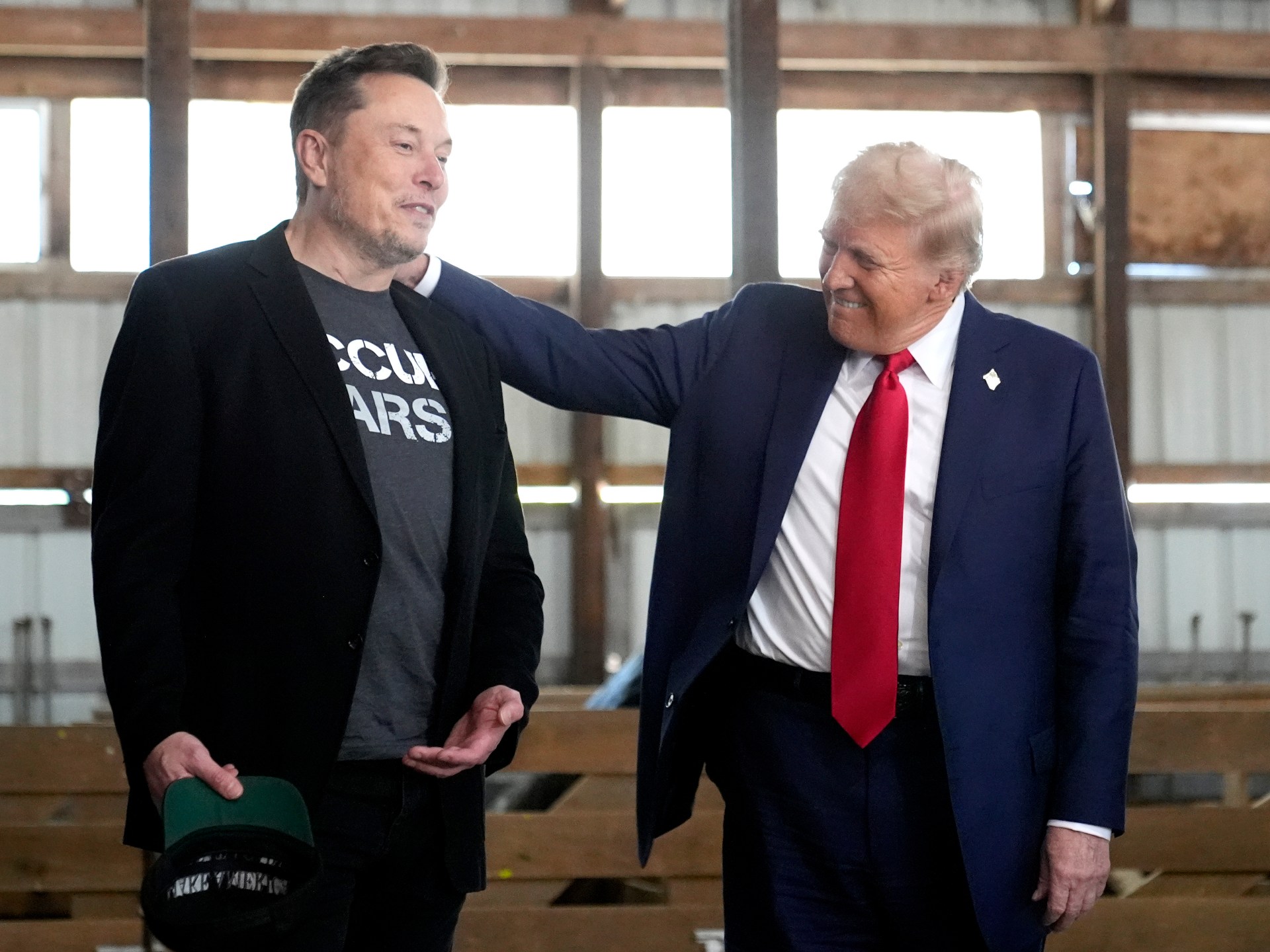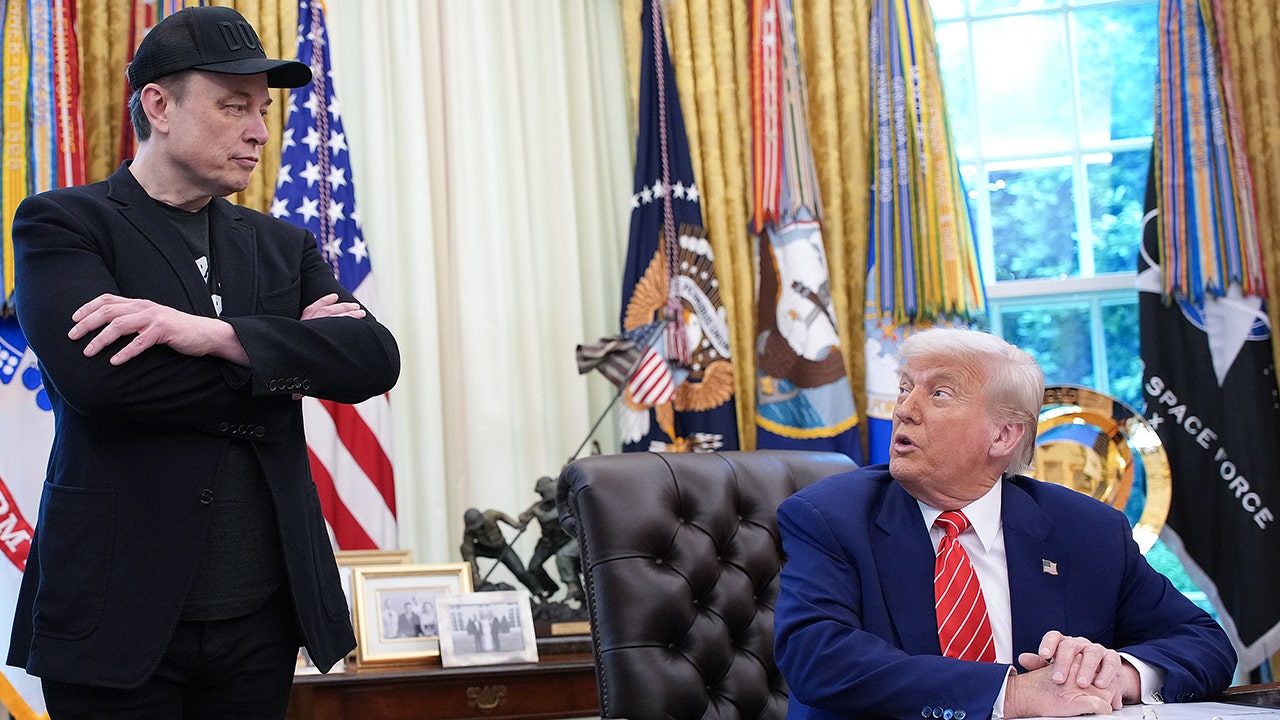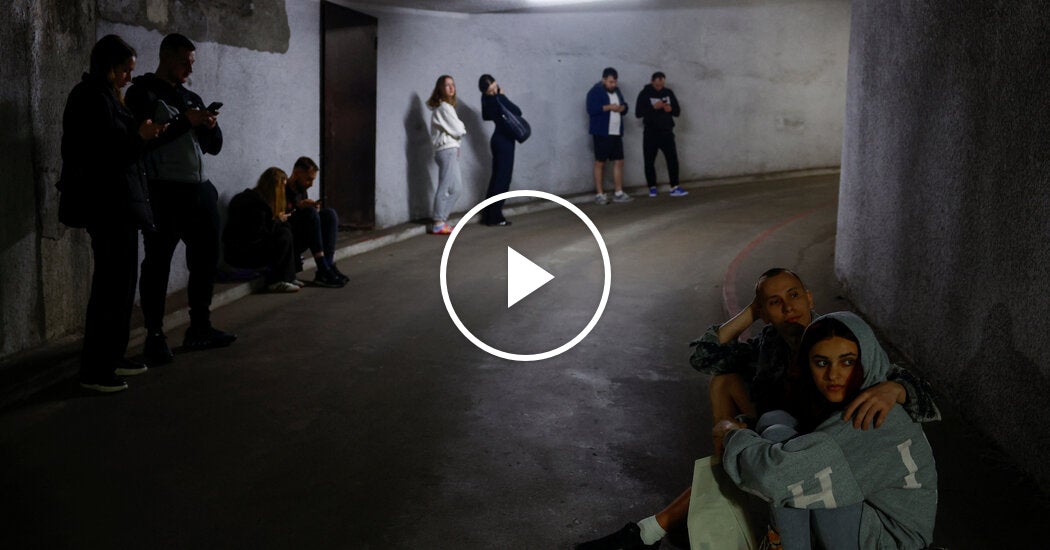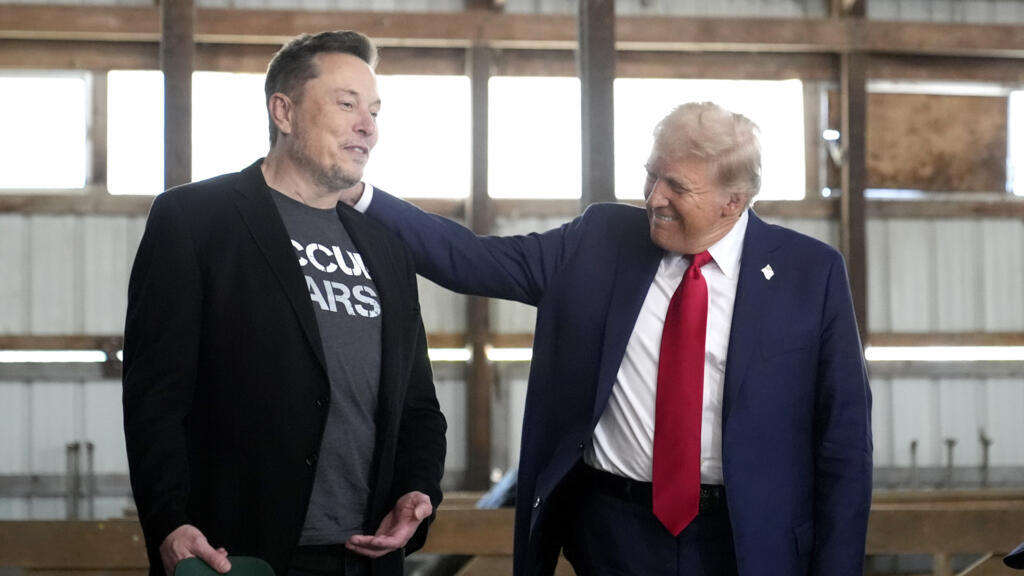Christine Lagarde, president of the European Central Bank (ECB), at the Hertie School in Berlin, Germany, on Monday, May 26, 2025.
Krisztian Bocsi/Bloomberg via Getty Images
The European Central Bank on Thursday announced a 25 basis point interest rate trim and lowered its inflation expectations on the back of a stronger euro and lower energy costs.
This takes the deposit facility rate to 2%, down from a mid-2023 high of 4%. Ahead of the announcement, traders had been pricing in an almost 99% chance of the quarter-point cut according to LSEG data.
“In particular, the decision to lower the deposit facility rate – the rate through which the Governing Council steers the monetary policy stance – is based on its updated assessment of the inflation outlook, the dynamics of underlying inflation and the strength of monetary policy transmission,” the ECB said in its statement.
One governing council member did not support the decision to cut rates, ECB President Christine Lagarde said during a news conference after the announcement.
The pan-European Stoxx 600 initially held steady after the announcement, before paring gains to trade around 0.2% lower, while the euro was last up 0.6% against the dollar.
Revised economic outlook
Euro zone inflation fell below the 2% ECB target rate in May, hitting a cooler-than-expected 1.9% according to preliminary data published earlier this week.
The ECB on Thursday also released its latest economic projections, saying it was now anticipating inflation to average 2% in 2025. This compares with a March forecast of 2.3%.
“The downward revisions compared with the March projections, by 0.3 percentage points for both 2025 and 2026, mainly reflect lower assumptions for energy prices and a stronger euro,” the central bank said.
Meanwhile, core inflation was revised upward from the previous March estimate of 2.2%, to an expectation of 2.4% this year.
Lagarde, however, noted that “the outlook for euro area inflation is more uncertain than usual.”
Economic growth however has continued to be lackluster even as interest rates have eased. The latest estimate shows that in the first quarter of 2025, the euro zone expanded by 0.3%.
Lagarde told CNBC’s Annette Weisbach that the growth in the first quarter was “clearly giving momentum to the growth that we are seeing and anticipating for 2025.”
“I would not exclude that number of 0.3 be revised upward,” she added.
Nevertheless, the ECB chief said it would be “far-fetched” to say the central bank was confident, despite being in a “good place” after the rate cut.
The ECB left its growth forecast for 2025 unchanged at 0.9% due to a stronger-than-expected first three months of the year paired with a weaker outlook.
“While the uncertainty surrounding trade policies is expected to weigh on business investment and exports, especially in the short term, rising government investment in defence and infrastructure will increasingly support growth over the medium term,” the ECB said.
The central bank’s decision comes at a critical time for the euro zone economy as businesses and policymakers face increasing uncertainty in the wake of rising geopolitical tensions.
U.S. President Donald Trump’s tariff policy is a main concern, with the duties expected to weigh heavily on economic growth. Some of the sector-specific tariffs in particular could hit Europe hard as key industries like steel and autos are impacted.
The effect of tariffs on inflation is less clear and could depend on if, and how, the European Union strikes back, policymakers have said. Retaliatory measures from the EU are currently on pause, but the bloc’s leaders have said they are prepared to implement them if needed. Question marks also remain about how plans to ramp up defense spending across Europe could impact the economy.
Uncertain policy path ahead
The ECB on Thursday gave almost no indication of what could be on the horizon for interest rates, leaving analysts divided on the path ahead.
“While the ECB delivered a widely expected rate cut today, we would not count on a follow-up next month,” Irene Lauro, euro zone economist at Schroders, said in a note. As there are no signs that tariffs are weakening the economy so far, a pause in the rate-cutting cycle is now likely, she added.
“With rates now at the midpoint of their estimated neutral range, the bar for further cuts has risen,” Lauro said. “The ECB can afford to shift from urgency to patience.”
Others contended that rates should go lower as inflationary pressures are easing.
“With inflationary pressures receding fast and growth headwinds picking up, the ECB is underestimating the risk of undershooting its target,” said Natasha May, global market analyst at J.P. Morgan Asset Management.
Trade tensions could have more of an impact on inflation in the medium term rather than increase prices, she said.
“While some Governing Council members are advocating for a July pause, the case for another rate cut is crystal clear,” May added.
european-central-bank-decision-june-2025















Leave a Reply